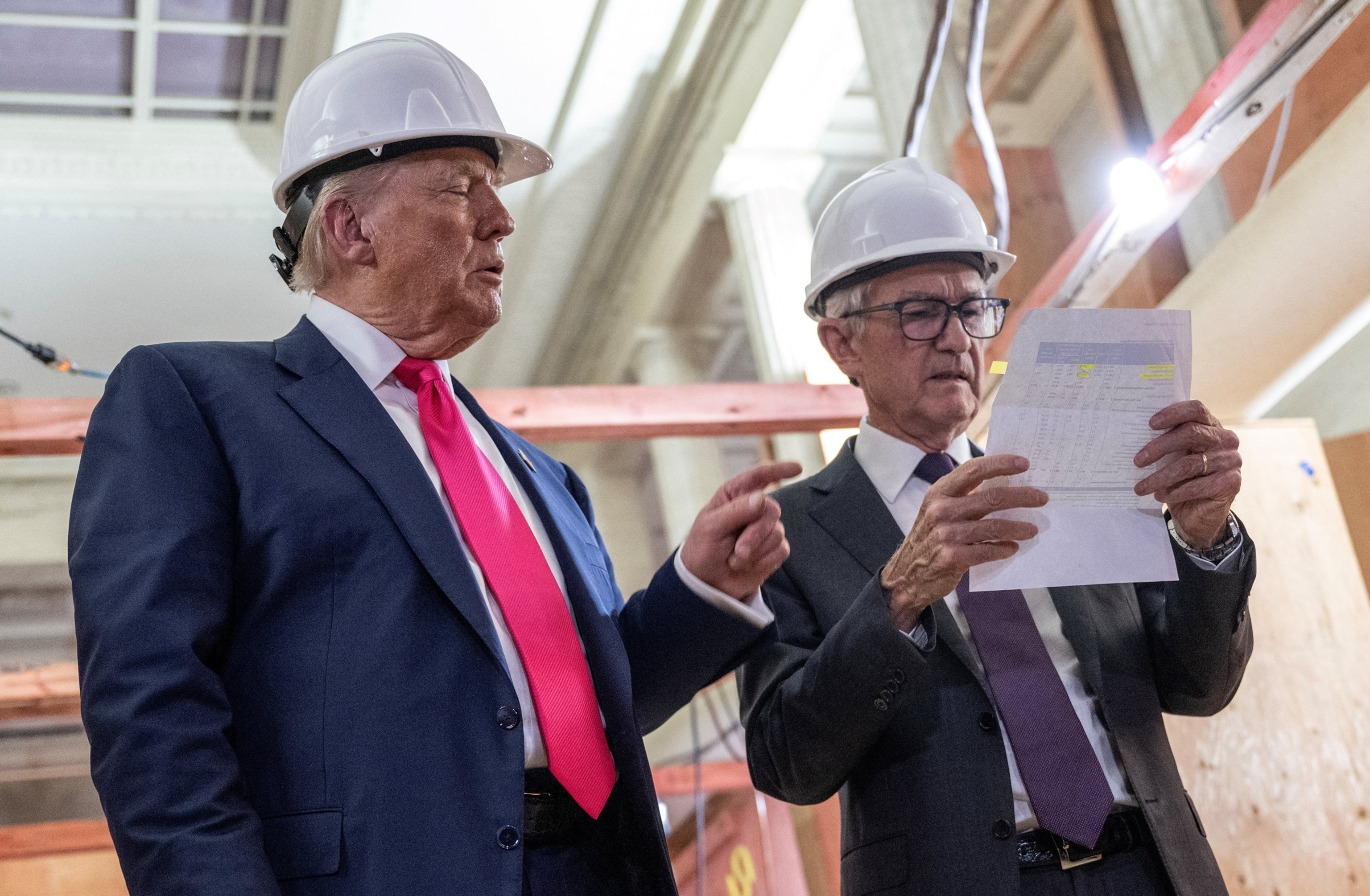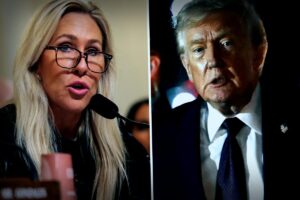The Federal Reserve made a significant move on Wednesday by reducing its benchmark interest rate by a quarter of a percentage point, marking its first cut of the year as it aims to stimulate a sluggish labor market.
This decision comes in response to requests from President Donald Trump, although the amount of the rate cut didn’t fully meet his expectations. The Fed’s Federal Open Market Committee (FOMC) also hinted at two more potential quarter-point reductions before the year ends.
It’s been nine months and five meetings since the last reduction in interest rates, leaving the federal funds rate between 4% and 4.25%, a level that reflects a previous increase tied to the rising inflation we saw during the pandemic.
The Federal Reserve looks to balance inflation and employment, adhering to its dual mandate. During a press conference in Washington, D.C., Fed Chair Jerome Powell addressed the current challenges, highlighting an increase in inflation alongside a slowdown in hiring, which complicates the central bank’s goals.
Powell explained, “When both inflation and employment goals are at odds, it creates a tricky situation.” He stated that concerns regarding the labor market have become much more pressing.
“Job growth has been cooling down, and risks to employment are on the rise,” Powell noted.
This announcement adds another layer of tension to the ongoing scrutiny the Fed has faced from Trump, who has been vocal about his disappointment with the bank and its leadership.
Recently, Trump sought to shake up the Fed by attempting to remove one board member while advocating for the Senate confirmation of another. Although these efforts seemed precarious leading up to the Fed meeting, the votes were in play.

Trump has publicly criticized Powell for not implementing his desired interest-rate cuts, ramping up pressure on the Fed for months now. Last Monday, Trump called for an urgent and more substantial reduction, demanding the Fed chair “MUST CUT INTEREST RATES, NOW, AND BIGGER THAN HE HAD IN MIND.”
Meanwhile, economic indicators show that the country is facing a so-called stagflation, characterized by slower hiring combined with rising inflation, which complicates decisions for Fed policymakers. If the Fed raises rates further to combat inflation tied to tariffs, it risks pushing the economy into a downturn. Conversely, lowering rates might spark more economic activity but could exacerbate inflation issues.
In other news, Trump has attempted to oust board member Lisa Cook, igniting controversy as she claimed her dismissal violated her legal rights as a federal employee. The President stated the ousting was due to allegations of mortgage fraud against Cook.
Federal law does allow the President to remove a Fed board member “for cause,” although this precedent hasn’t been set in the Fed’s 112-year history.
Last week, a federal judge ordered that Cook remains on the board while her legal case is processed, maintaining her voting capabilities at the Fed meeting. Shortly after, Trump sought to expedite her removal, but the appeals court shot down his request.
In August, Trump called on Cook to step down, amidst allegations that she had falsified bank and property records, potentially committing mortgage fraud.
In response, Cook asserted that she would stay strong in her position against what she termed bullying tactics. She emphasized her readiness to answer any legitimate financial questions regarding her background.
On a related note, the Senate recently confirmed Stephen Miran, an economic advisor, for the Fed Board, allowing him to participate in the forthcoming interest rate deliberations. Miran has affirmed his commitment to the independence of the Fed while balancing his administration role.
The dynamics at the Fed are clearly shifting, and the ongoing tug-of-war between Trump and Fed officials over interest rates is set to continue.





















